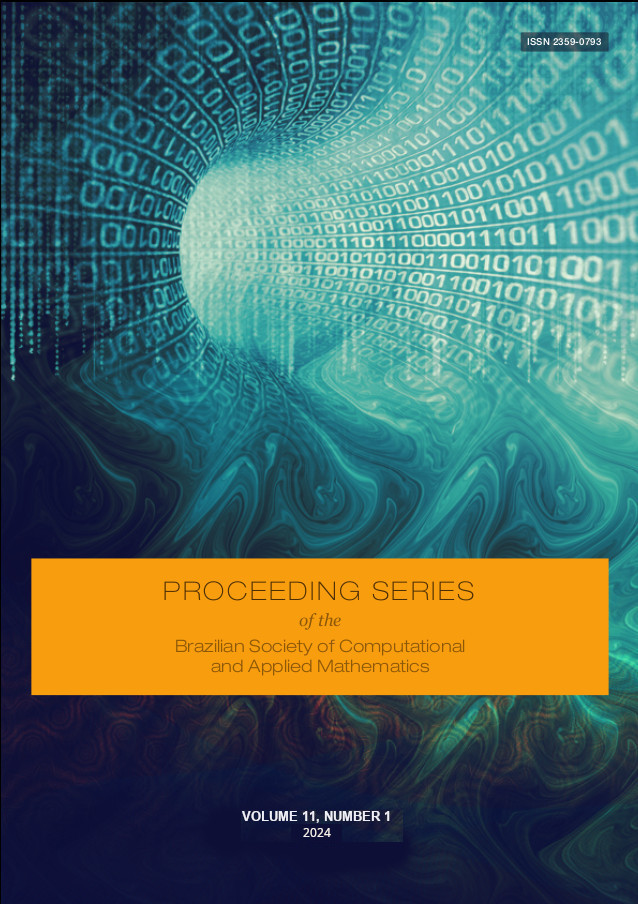Zero-Lag Synchronization of Bidirectionally Coupled Chaotic Oscillators with Delay
Palabras clave:
Synchronization, Chaotic Oscillators, Zero-Lag, Neural Networks, Colpitts OscillatorsResumen
Synchronization is an important phenomenon in fields of science such as physics, biology, and engineering, whereby the mutual coupling of oscillators gives rise to collective dynamic behavior. This behavior is key to understanding complex neural networks (NN). For example, studies suggest that, underlying cognitive activities, synchronization of distant cortical regions occurs in the brain. Synchronization may occur without delay, overcoming the physical distance between the synchronized regions, and is then called zero-lag synchronization. For a comprehensive analysis, different types of coupling, mechanisms, and complex architectures of NN need to be considered. Here, we investigate the behavior of this configuration using electronic Colpitts oscillators, whose dynamics is easily controlled through the oscillator current, allowing operation in different regimes, particularly chaotic ones.
Descargas
Citas
E. Rodriguez et al. “Perception’s shadow: long-distance synchronization of human brain activity”. In: Nature 397.6718 (1999), pp. 430–433. doi: 10.1038/17120.
I. Fischer et al. “Zero-lag long-range synchronization via dynamical relaying”. In: Physical Review Letters 97.12 (2006), p. 123902. doi: 10.1103/PhysRevLett.97.123902.
G. M. Maggio et al. “Nonlinear analysis of the Colpitts oscillator and applications to design”. In: IEEE Transactions on Circuits and Systems I: Fundamental Theory and Applications 46.9 (1999), pp. 1118–1130. doi: 10.1109/81.788813.
V. Flunkert. Delay-coupled complex systems and applications to lasers. Springer Science & Business Media, 2011. doi: 10.1007/978-3-642-20250-6.
S. Boccaletti et al. “The synchronization of chaotic systems”. In: Physics Reports 366.1-2 (2002), pp. 1–101. doi: 10.1016/S0370-1573(02)00137-0.

